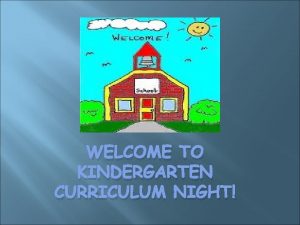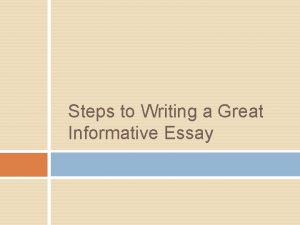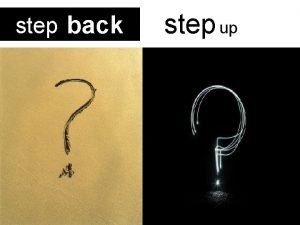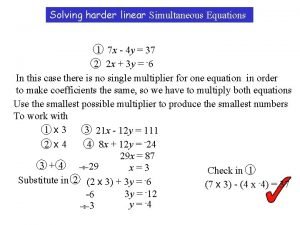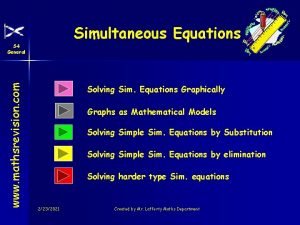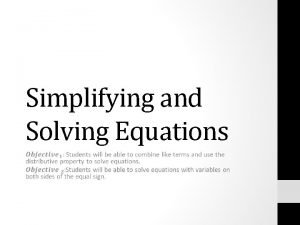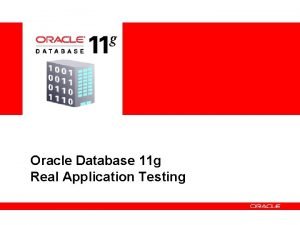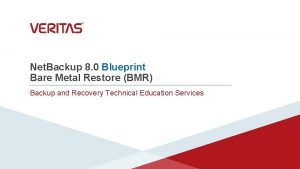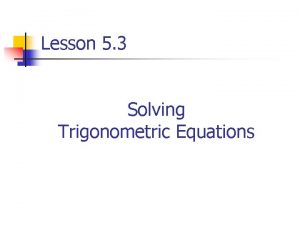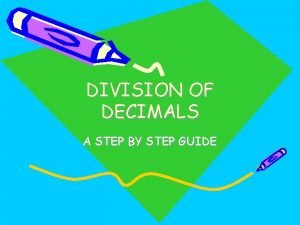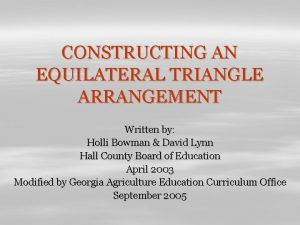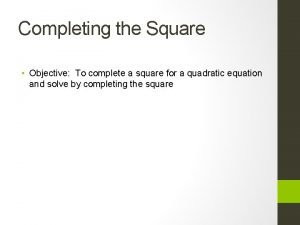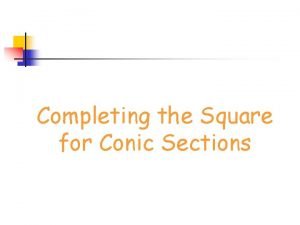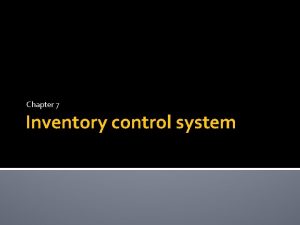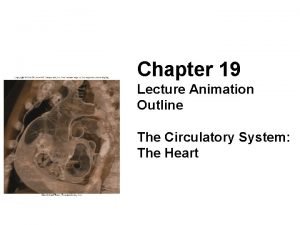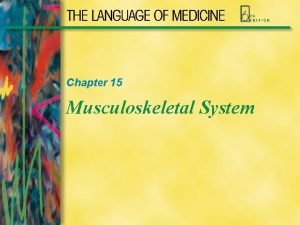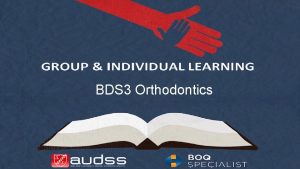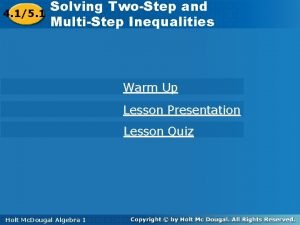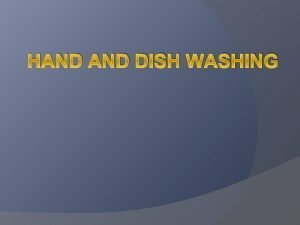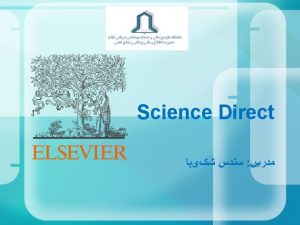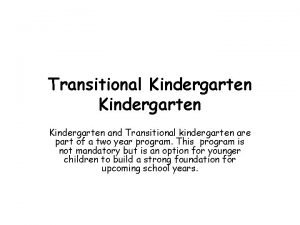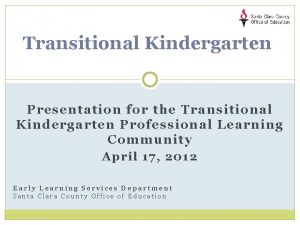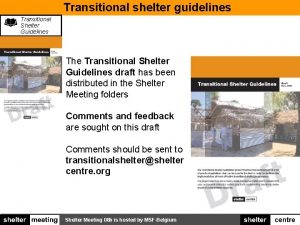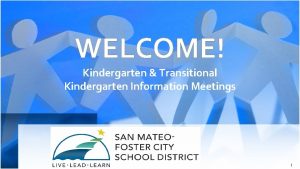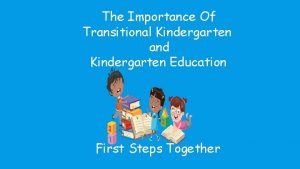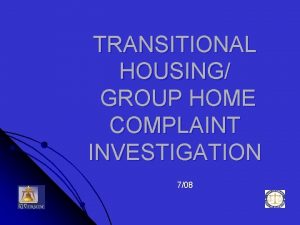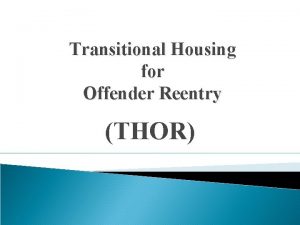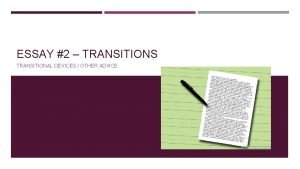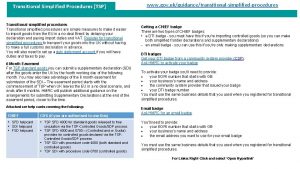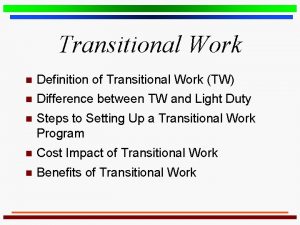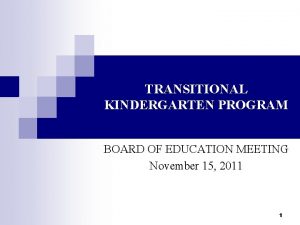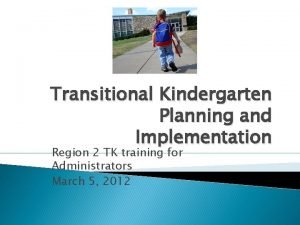Transitional Kindergarten A New Step on the P3







































- Slides: 39

Transitional Kindergarten : A New Step on the P-3 Continuum Transitional Kindergarten Conference Tulare County Office of Education October 27, 2011

The Early Childhood Teacher as Decision Maker

Developmentally Appropriate Practice is the Outcome of Teacher Decision Making Based on the Three Kinds of Information 1 2 3

1 What is known about child development and learning --q Permits general predictions within an age range about activities, materials, interactions, experiences that will be: § safe § healthy q Knowledge of age-related human characteristics § interesting § achievable § challenging

2 What is known about the strengths, interests and needs of each individual child in the group --- This knowledge allows teachers to adapt for and be responsive to inevitable individual variation

3 Knowledge of the social and cultural contexts in which children live q Enables teachers to provide learning experiences that are § meaningful § relevant § respectful of the child and family

Age characteristics 2 3 1 Individual variation Culture and family

Kindergarten teachers have faced great challenges in juggling all of the elements of a developmentally appropriate program

Issues Kindergarten Teachers Face 1. California is one of only four states with a required kindergarten admission birthday as late as December. Most states have moved to an August or September cut -off. 2. California’s Kindergarten Standards are among the most rigorous in the country. 3. Kindergarten programs have become more academically oriented with an emphasis on paper and pencil “seat work”.

Issue We Faced in LAUSD The 2 nd Grade California Standards Test (CST) English Language Arts scores raised concerns about the current Preschool through 2 nd Grade continuum, particularly for English Learners.

How We Responded in LAUSD 1. Superintendent and Chief Academic Officer proposed new Transitional Kindergarten Program for the youngest kindergartners 2. Title I funds allocated to support initial program implementation and professional development 3. 36 schools selected for initial Fall 2010 implementation with an additional 90 schools added for Fall 2011

Statewide Change Was Coming On September 30, 2010 the Governor signed SB 1381 (Simitian Bill) establishing Transitional Kindergarten throughout California and changing Kindergarten entry age

Kindergarten Readiness Act of 2010 Senate Bill 1381

Goal of Transitional Kindergarten: Provide the youngest kindergartners with a readiness year that is developmentally appropriate and will better prepare them for success once they enter traditional kindergarten.

Kindergarten Readiness Act Requires a “developmentally appropriate curriculum; aligned with K standards; taught by credentialed teachers. ”

California Education Code 8970: It is recommended that an appropriate, integrated experiential curriculum should be provided for children in preschool, kindergarten, and grades 1 -3, inclusive. Transitional Kindergarten is an important link in providing that appropriate enriched P-3 program.

Transition Kindergarten Families and Staff… Building the Bridge B for Parent and Teachers California Early Learning Foundations (Birth – 5) California Kindergarten Standards Understanding the Connection

Traditional Kindergarten Transitional Kindergarten Decoding Language/Communication and Language/Communication Social/Emotional Social /Emotional and Decoding

This is a process…

CURRICULAR APPROACH GUIDING THE PROCESS IN LAUSD • Promote oral language & communication • Personalize instruction • Provide focused enhancements for English Language Learners • Value and support home language • Assess to inform instruction

Oral Language Development “The rate of children’s early language growth and later language outcomes is directly related to the verbal input that children receive when communicating with adults and other children. ” California Preschool Learning Foundations, Volume I, CDE Press, 2008

Instructional Support 1. Intentional message: • embedded with content vocabulary • this written message sets the purpose of each lesson

Instructional Support 2. Songs/Chants: § Academic and content vocabulary are woven into familiar songs and chants to encourage repetition

Instructional Support 3. Vocabulary Imprinting: § use of photographs and pictorials to introduce new concepts and frontload vocabulary

Instructional Support 4. Visual Cues/Gestures: § physical movements and signals are repeated as specific content vocabulary is introduced to imprint meaning

Instructional Support 5. Anchor Books: § picture books are selected intentionally and used repetitively to foster vocabulary and concept development


Environmental Supports… Visually Rich

Environmental Supports Facilitate rich conversations

Environmental Supports Provide visual information





Purposeful Planning…

Assessments: Capturing Baseline Data & Measuring Ongoing Progress • Pre-LAS® 2000 English/Spanish: -Receptive and expressive language – pre/post • Children’s Progress Academic Assessment(CPAA) -Interactive Computer Software -English/Spanish -Literacy and Mathematics • Desired Results Developmental Profile (DRDP-SR) -Observational tool -Social/Emotional -ELD -Language and Literacy -Mathematics


What the best and wisest parent wants for his own child, that must be what the community wants for all its children. John Dewey

For further information please contact: Whitcomb Hayslip 818 -795 -7242 whitcomb. hayslip@gmail. com
 Step 1 step 2 step 3 step 4
Step 1 step 2 step 3 step 4 What is kindergarten curriculum night
What is kindergarten curriculum night Incisor labiality
Incisor labiality Creating a dinosaur sculpture step by step
Creating a dinosaur sculpture step by step Pbpa essay
Pbpa essay Body paragraph starters
Body paragraph starters Step up step back
Step up step back Factoring ways
Factoring ways Simultaneous equations non linear
Simultaneous equations non linear Simultaneous equations step by step
Simultaneous equations step by step Simplifying and solving equations
Simplifying and solving equations What food do plants make
What food do plants make Particle filter example step by step
Particle filter example step by step Oracle real application testing
Oracle real application testing Netbackup bare metal restore boot server service
Netbackup bare metal restore boot server service 5-3 solving trigonometric equations
5-3 solving trigonometric equations Face shape step by step
Face shape step by step How to draw a punnett square
How to draw a punnett square How to use viva video step by step
How to use viva video step by step Fusioncompute installation
Fusioncompute installation Negative cosine graph
Negative cosine graph Hangman division
Hangman division What is paraffin test
What is paraffin test Equilateral triangle arrangement
Equilateral triangle arrangement How to complete the square
How to complete the square Completing the square steps
Completing the square steps Change in temperature chemical reaction example
Change in temperature chemical reaction example Step-by step inventory process
Step-by step inventory process Is it balanced
Is it balanced Steps of blood flow through the heart
Steps of blood flow through the heart Chapter 15 musculoskeletal system practical
Chapter 15 musculoskeletal system practical Incisal labiality
Incisal labiality Wudu fard
Wudu fard How are stars formed step by step?
How are stars formed step by step? Hook introduction examples
Hook introduction examples Step one denial step two
Step one denial step two Two step linear inequalities
Two step linear inequalities How something works
How something works Write the process of making pochampally sarees
Write the process of making pochampally sarees 6 steps of dishwashing
6 steps of dishwashing

